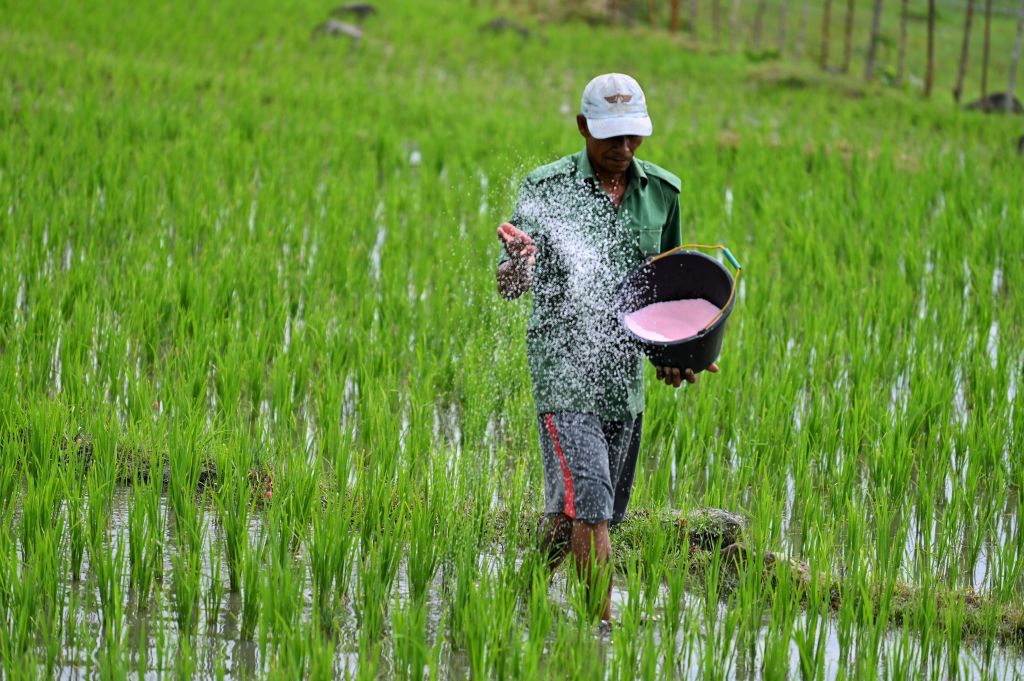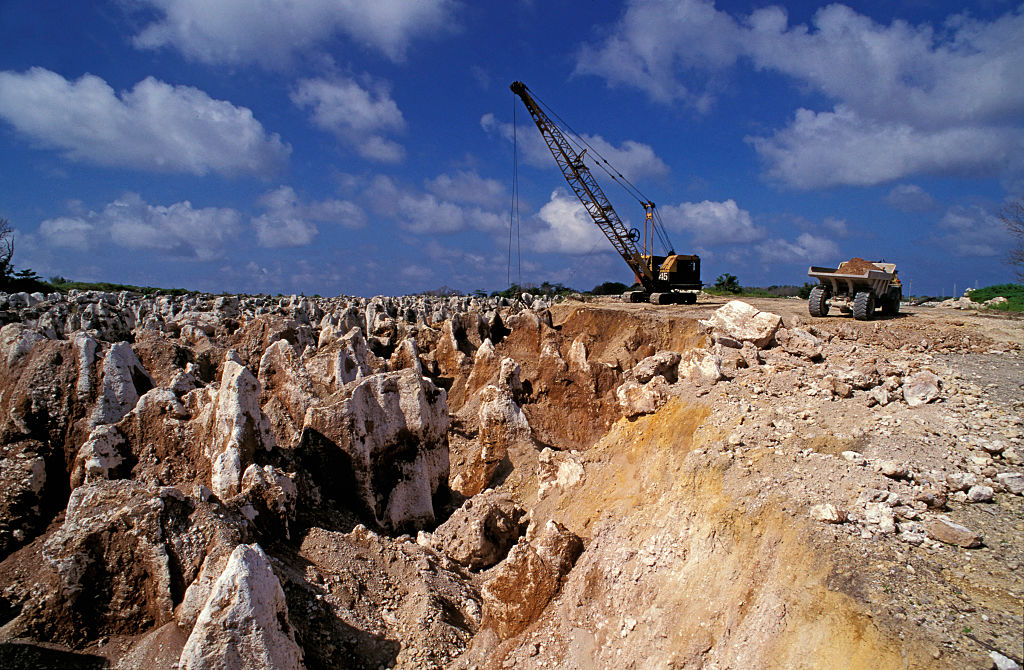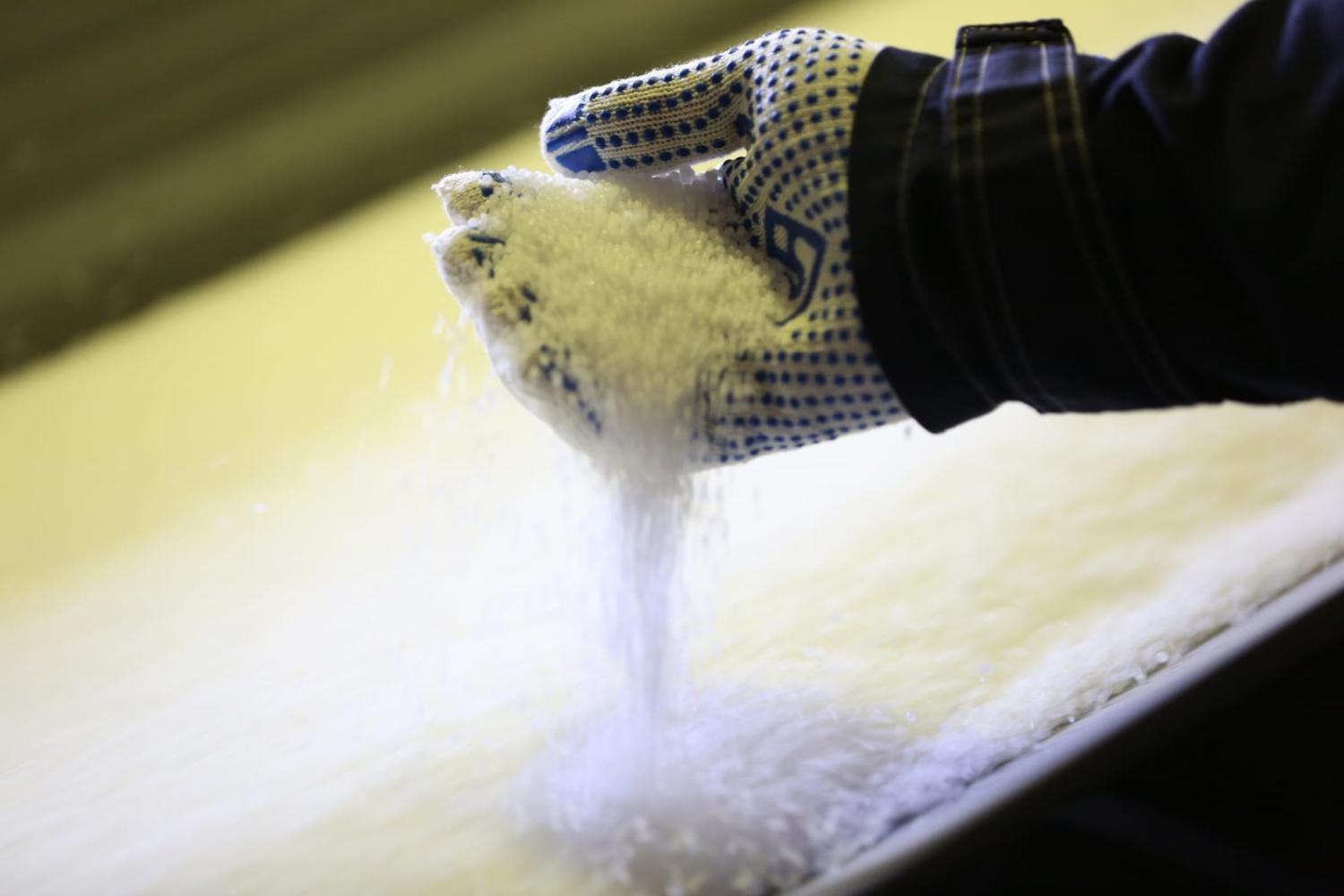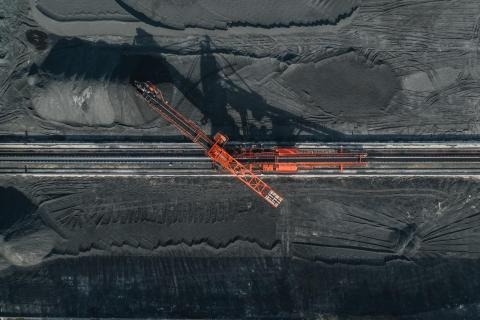The recent announcement of a high-grade phosphate deposit of at least 70 billion tonnes in Norway by Norge Mining has sparked excitement that it could meet global demand for fertilisers and electric car batteries for the next 50 years. Even if the company’s estimates prove inflated, the discovery could still play a role in meeting this demand.
Phosphorous, derived from phosphate rock, is a key ingredient in fertilisers. Around 90% of the world’s mined phosphate rock is used to produce fertiliser for agriculture. Before the discovery in Norway, global phosphate rock reserves totalled around 71 billion tonnes globally.
Currently, phosphorus demand is met by a handful of countries, five of which control an enormous 85% of the world’s phosphate rock reserves – Morocco (50 billion tonnes), China (3.2 billion tonnes), Egypt (2.8 billion tonnes), Algeria (2.2 billion tonnes), and South Africa (1.6 billion tonnes) – which are slowly decreasing.
In 2021, China was the world’s biggest exporter of phosphatic fertilisers, accounting for 24.3% of the global trade, followed by Morocco (20.6%). That year, China produced 85 million tonnes while Morocco produced 38 million tonnes. Other major exporters in 2021 included Egypt (17%), Israel (11.7%), and Tunisia (3.7%). In 2021, the top importers were Brazil (37.7%), Bangladesh (12.2%), the United States (8.6%), and Indonesia (5.4%).
The Norwegian phosphate deposit holds challenges and implications for countries globally and regionally. At present, phosphorous remains in high demand but faces significant supply issues.
On the plus side, the new discovery could help address the global food security crisis, which has been exacerbated by the Russian invasion of Ukraine. Currently, the high concentration of phosphate rock reserves in a handful of countries and China’s recently imposed quota system to limit the export of phosphates makes countries increasingly vulnerable to potential disruptions or sudden price spikes.
As the global population continues to grow, the demand for food also rises, putting pressure on farmers to produce more food, despite facing significant issues such as soil pollution and varying crop yields worldwide. Greater quantities of fertilisers, including phosphorous-based fertilisers, may be needed to help meet increasing global agricultural production and consumer demands.
And for the Global South, in particular, continual price rises will make access to limited supplies of phosphatic fertilisers increasingly difficult. From this perspective, the prospect of Norway becoming a major phosphate/phosphatic fertiliser exporter is a beacon of hope.

Another consideration is the role that Norway could play in supporting the European, indeed the West’s, “green and digital transitions”. Key in both digital manufacturing and the pursuit of carbon neutrality, the European Commission has highlighted phosphorous and phosphate rock as essential in helping maintain Europe’s status as a global dynamo.
For Norway, which became Europe’s biggest natural gas supplier following the outbreak of the Russia-Ukraine war, the discovery offers enormous economic opportunities. Currently, the European Union’s sixth-largest trade partner in goods, Norway may become even more important to Europe, simultaneously helping reshape global and regional supply chains. Doing so could further support the West in its ongoing economic (and political) rivalry against the China-Russia partnership. This is particularly notable given Europe’s plan to “de-risk” from China, on which the region has been almost entirely dependent for critical minerals for years.
At the same time, this offers Australia, a country abundant in rare earths and critical materials including phosphate (1.1 billion tonnes), the chance to pursue trade deals and cooperation with European countries, among others.
But there are downsides, too. The phosphate discovery puts a spotlight on the current state of Europe’s mining exploration, extraction, and beneficiation. Due in part to environmental concerns (such as pollution, water contamination, and carbon emissions), only a handful of European countries have active mines, making the region almost entirely dependent on phosphate imports (mainly as fertiliser or animal feed) from countries such as Morocco, Finland, and Syria.
Given the combination of an increasingly complex geopolitical environment, limited global supplies in the face of high demand, and systemic competition between China and the United States, phosphate is undoubtedly a strategic concern for countries worldwide.
That competition for such resources can lead to resource conflicts or even attempts to secure control over reserves through strategic investments or acquisitions. Countries with significant phosphate reserves and production capacity can influence global markets and geopolitics, and even use their phosphate reserves for political and/or economic gain.
The European Union has a new Critical Raw Materials Act, which classifies materials into three categories – strategic, critical, and non-critical – aiming to address these challenges. However, as the European Commission has classified phosphorous and phosphate rock as “critical” minerals rather than “strategic”, neither meets the requirements for the 40% home production benchmark nor related fast-track regulations.
Despite potential difficulties faced by Norge Mining in obtaining environmental permits as well as likely concerns from residents and environmental campaigners, the Norwegian government is said to see the project as a high priority.
Nonetheless, the case of Nauru, a small, remote island in the Pacific Ocean once abundant in phosphate, should serve as a warning to all interested parties. During the 20th century, amid a “scramble for phosphate” and changing geopolitics, phosphate mining on the island was undertaken by various companies to help meet growing demand for agricultural fertilisers. Yet a combination of greed, corruption, incompetence and mismanagement resulted in Nauru’s phosphate mining boom turning into a catastrophe for locals, alongside significant economic, environmental, and ecological consequences. With nearly all of Nauru’s available phosphate having been extensively mined, the residual limestone pinnacles and landscape have made much of this land unusable.
Although the phosphate deposit discovery could address global food insecurity and related concerns as well as help support Europe’s green and digital ambitions, it is clear that numerous challenges must first be overcome.


